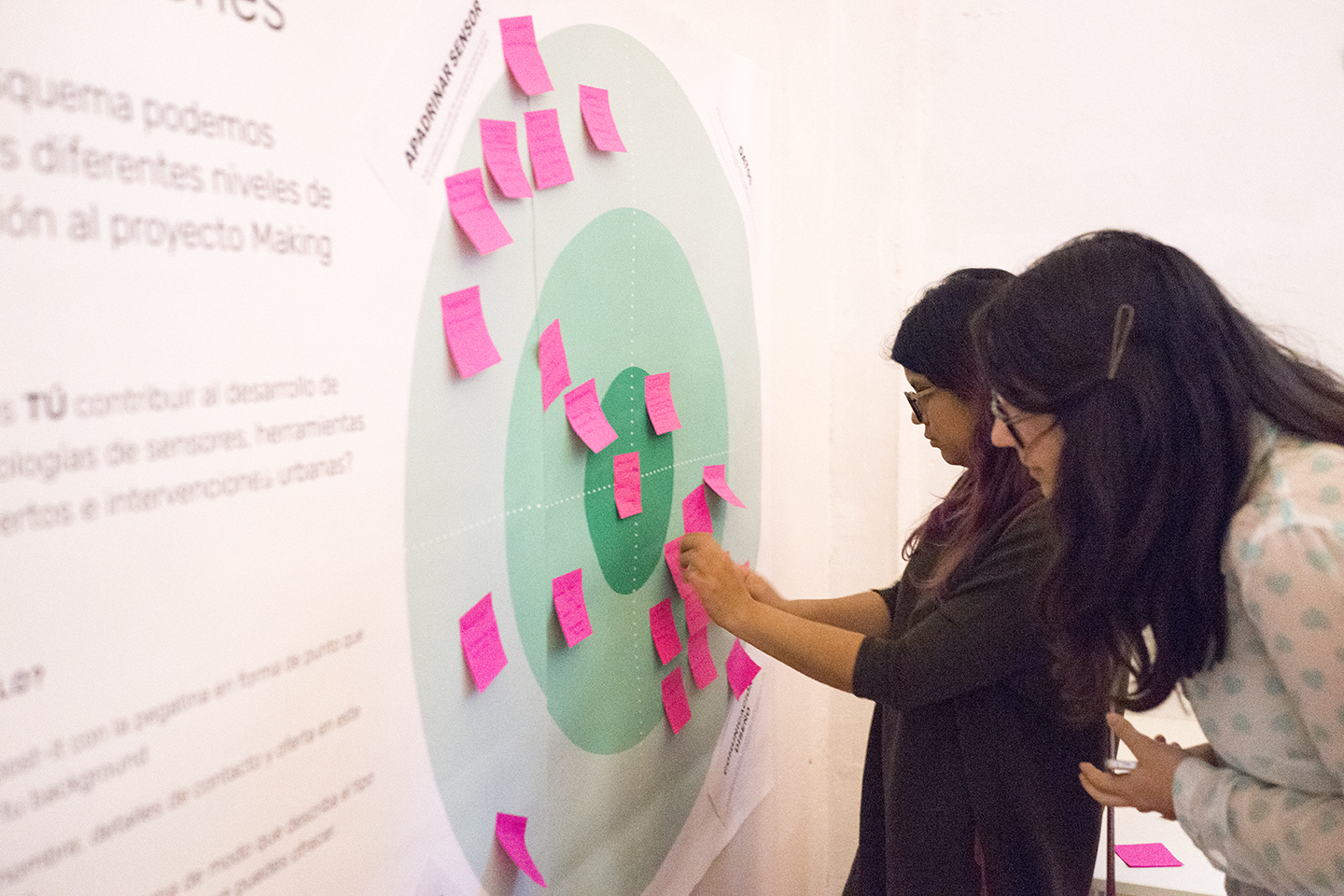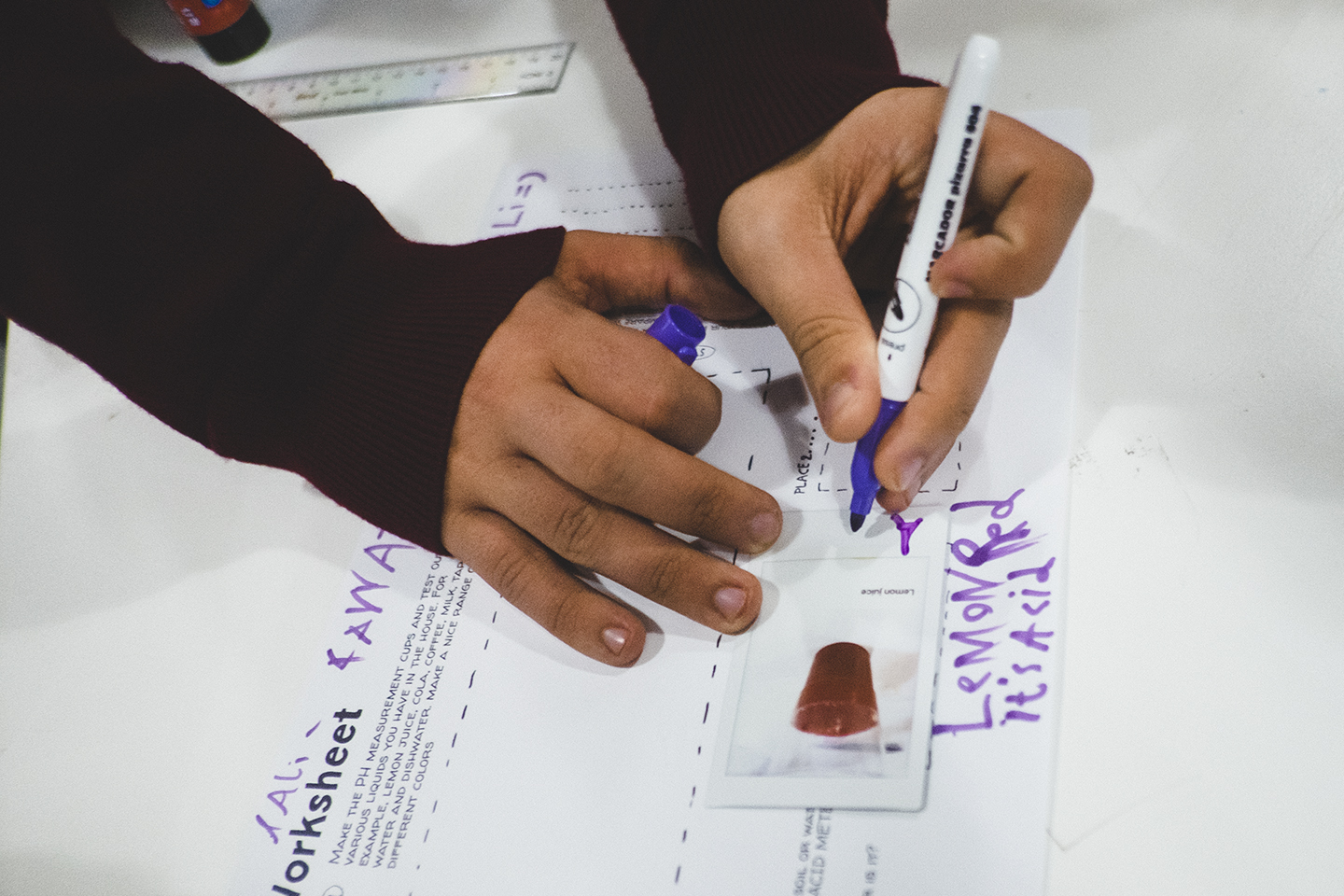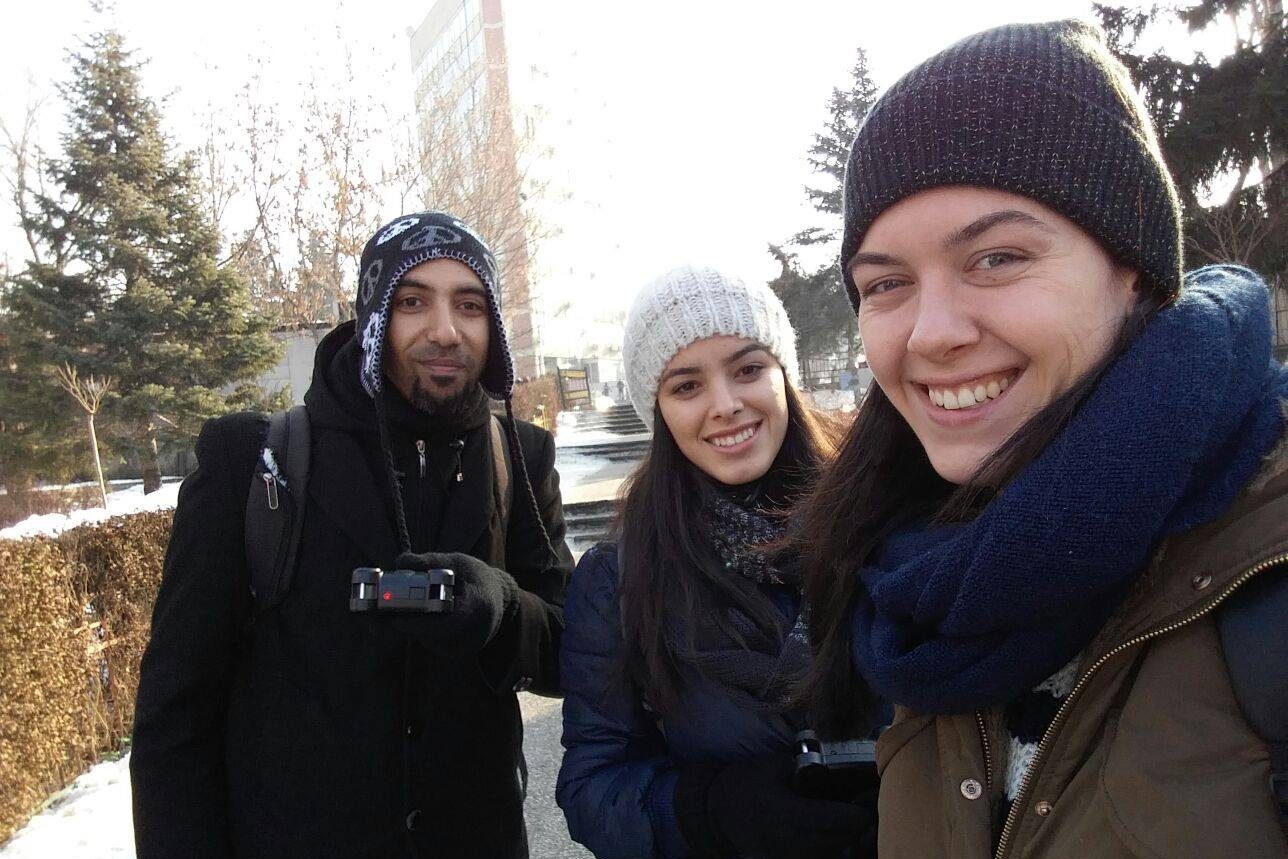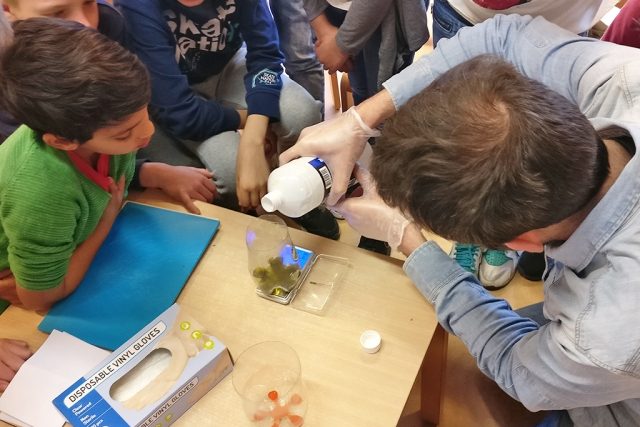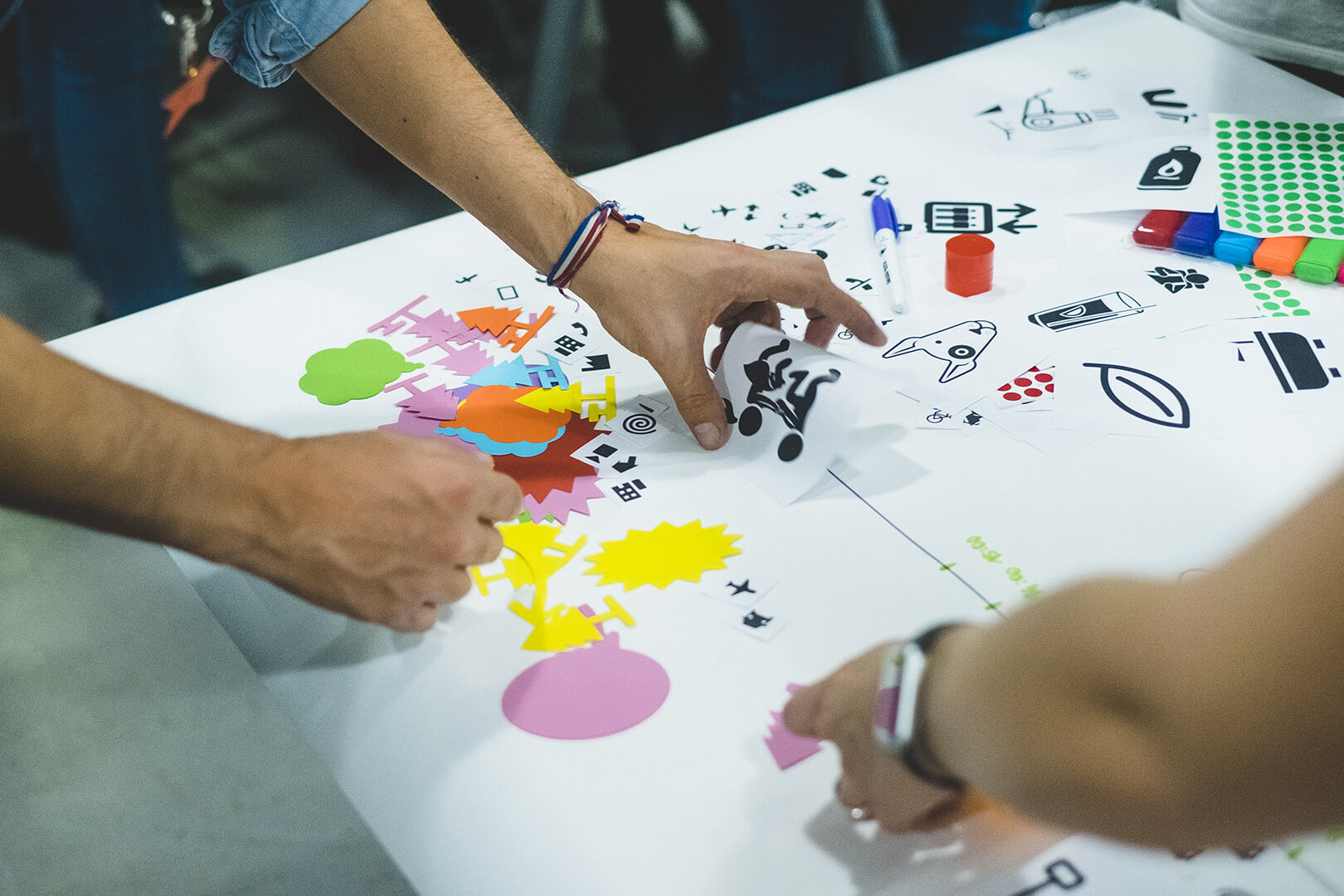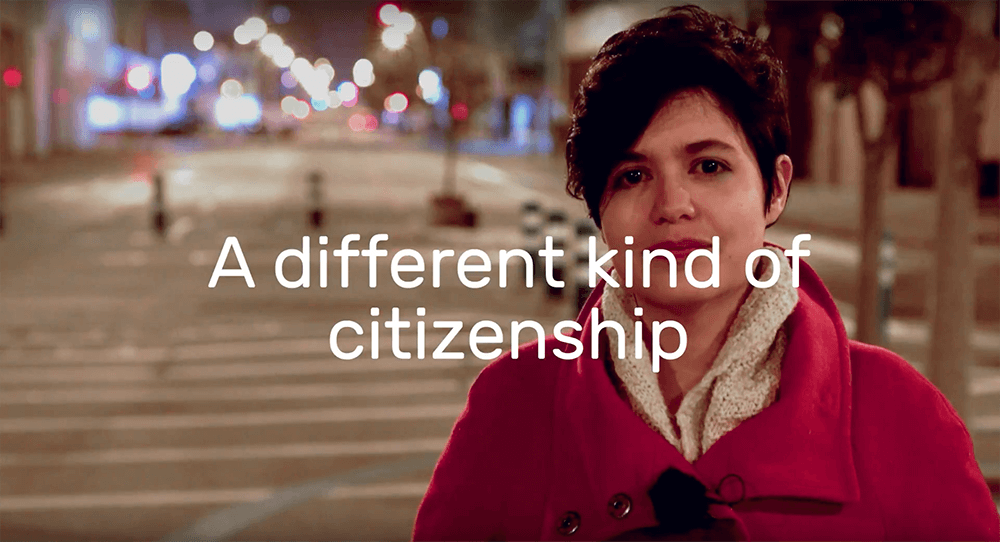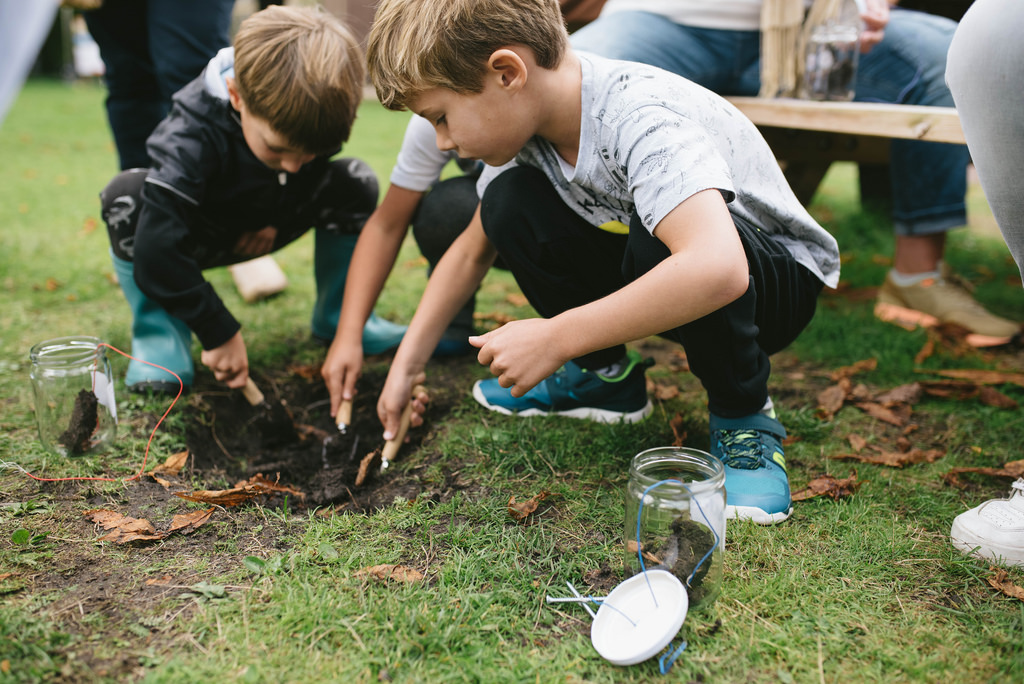Towards a Minimum Viable Open Manifesto #3
06 April 2017
Participatory lessons learned from and for Making Sense, towards an Minimum Viable Open Manifesto
At the end of Making Sense we aim to build a Minimum Viable Open Manifesto to provide other projects and their communities with our own insights to better devise citizen engagement strategies and sustainable action plans. The process is currently open and ongoing and we accept all contributions from all possible sources to keep on amassing new lessons.
These are some lessons on the participatory and community building side of Making Sense, mainly harvested and developed from the activities and debates that took place in the past year.
A big thanks to Liz Sanders and Mercé Grael for helping us jumpstart it. More to follow!
A MINIMUM VIABLE OPEN MANIFESTO
Part 2

Standardize tools for documentation, data collection and reporting as soon as possible.
Start by embracing a mindset of minimum viability in all process and tools. Understand that a shared process or tool that is used in real time and works across all contexts will ensure that insights can be shared along the process of community building and sustaining. This will help all partners and engaged citizens to integrate both sensor data and human perceptions in a similar fashion for instance. Which in turn will help everyone to better interpret, visualize, enrich and disambiguate the captured information, and we will get common points of understanding and comparison. One way of doing it is making documentation as easy as possible to interpret and apply in multiple contexts and by people with different levels of expertise wherever and whenever possible.
Explore and iterate alternative ways to use documentation and the data itself.
In standardizing processes and tools we should never neglect experimentation and iteration in the ways we present and use our data and documentation. Multiplying these will mean that citizens and other stakeholder ultimately have different entry points into our outputs. Its usefulness is always the key we need to consider. If what we get out of our crowdsensing is not readable and usable by those who should benefit more from it, we need to rethink and iterate more the sense making part of the crowdsensing as a whole. We will often need embedded technical to social translation mechanisms by design, and this not a bad thing if done within an open fashion.
Celebrate the difference between pilot and testbed contexts.
Pilot testbeds can be characterized by incredibly diverse material conditions, issues and people. Communities in each place can start and end with completely different resources, existing technical solutions, social awareness platforms, or even issue driven community champions. This situation poses challenges not only for common tools and processes, but also for choosing action and documentation strategies. But it will also provide tremendous opportunities for the outputs as they become richer through the granularity of testbeds, the diversity of best practices and lessons learned across contexts, and above all, the possibilities for cross fertilization between testbeds.
Plan to expand and enrich the project over time with potential spin-offs and forks.
Go after possibilities to make your project grow from its initial context and players. Use specific communities to get to others. Engage children to engage parents and teachers for example. Seek connections with other individual or collective actors even if they are not in synch with all your goals. Consider starting by adding like minded people or organizations, profiting from them to complement your technical or communication teams for instance. Bring in more diversity as you integrate those who came before. Create links with collective players already established in the physical or conceptual territories you want to work in, and turn to them for expanding your activities and influence. Aggregate external innovators, storytellers, curators of information, media influencers, local champions, and others, and stimulate them to spin or fork parts or the entirety of your project.
Build new governance models and don’t be afraid of divergent and unpredictable outcomes.
Open and inclusive relationships between citizens, communities, NGOs, public administrations, companies and others, are to be encouraged and supported towards common goals. This entails an environment of mutual respect between citizens, experts, decision-makers, and whomever else get’s involved, together with availability to exchange views and to change the issues at stake. But consensus needs not to be the only model of governance and interaction in projects like ours. We need to allow for mutual acknowledgment of competing and divergent ideas of common good. And we need to support ‘sharing of power’ frameworks where all involved allow the outcomes to be unpredictable and with present and future substantial consequences.
Engage as many forms of knowledge that you can in a transdisciplinary way.
Transdisciplinarity generates comprehensive knowledge for solving concrete issues through collaborative platforms, which operate both horizontally, to involve and mix different areas of expertise such as design, computer science, IT development, social sciences, environmental sciences, etc, and vertically, to include stakeholders and non expert knowledge from civil society, may it be from institutional private and public sectors, or plain lay citizens dealing with vernacular knowledge and know-how. Bringing together everyone interested in this mix and keeping their involvement is a key challenge to be tackled from the beginning. Not all forms of knowledge are created equal but they all deserve an opportunity on the clear assessment of problems and their possible solutions.
Have we missed something out? Let us know on Twitter – #MakingSenseEU

